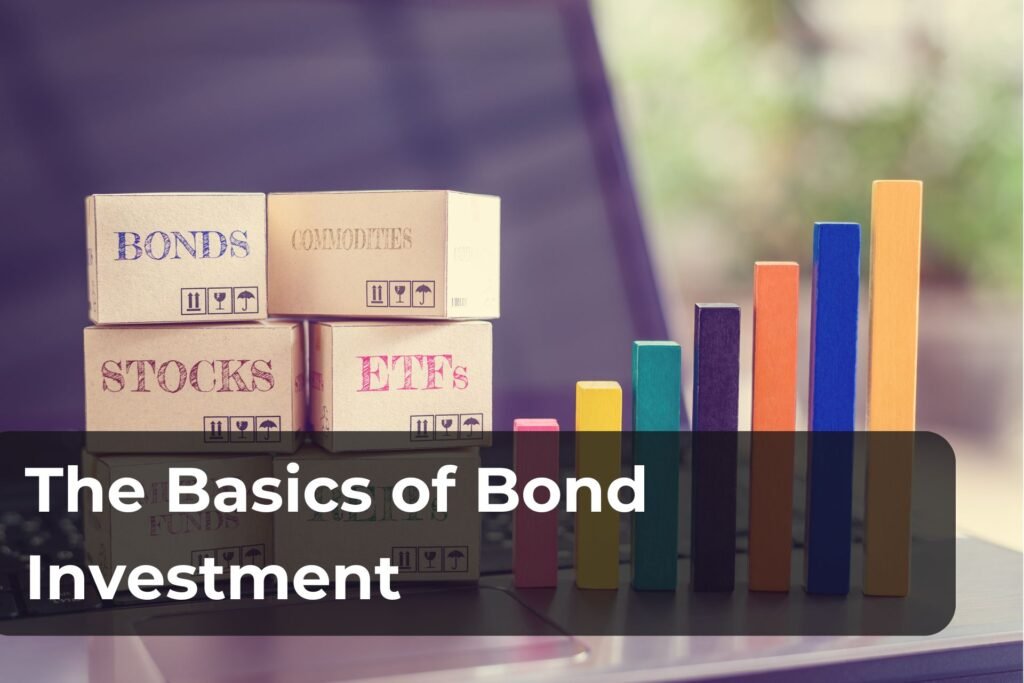Bonds are often touted as a staple of well-diversified investment portfolios, offering a blend of relative safety, income, and diversification. Despite their reputation for being less glamorous than stocks, understanding the basics of bond investment is crucial for any investor looking to balance risk and reward. This guide breaks down the essentials of bond investment, providing a solid foundation for beginners curious about how to incorporate bonds into their financial strategy.
What Are Bonds?
At its simplest, a bond is a loan made by an investor to a borrower (typically corporate or governmental). The borrower agrees to pay back the borrowed money, plus interest, over a specified period. Upon maturity, the bond’s principal amount is returned to the investor. Bonds are considered fixed-income securities because they typically provide regular, fixed interest payments, making them an attractive option for income-seeking investors.
Benefits of Investing in Bonds
Income Generation: Bonds provide predictable income through regular interest payments, appealing to those who need steady cash flow, such as retirees.
Risk Mitigation: Generally, bonds are less volatile than stocks, making them an essential tool for reducing risk in an investment portfolio.
Capital Preservation: High-quality bonds, such as government bonds, offer a safe way to preserve capital while earning a modest return.
Types of Bonds:
Government Bonds: Issued by national governments, these are considered among the safest investments. U.S. Treasury bonds, for instance, are backed by the full faith and credit of the U.S. government.
Municipal Bonds: Issued by states, cities, or other local government entities, municipal bonds often offer tax-free interest income, making them attractive to investors in higher tax brackets.
Corporate Bonds: Issued by companies, corporate bonds usually offer higher interest rates than government bonds due to the increased risk of default.
International Bonds: Issued by foreign governments or corporations, these bonds add international exposure to a portfolio, which can offer diversification benefits and higher yields.
How to Start Investing in Bonds:
Determine Your Investment Goals: Assess your risk tolerance, investment horizon, and income needs to decide which type of bonds best suits your financial objectives.
Research: Understand the terms associated with bonds, such as yield, maturity, and credit rating. A bond’s yield indicates the return you can expect, while its credit rating, assessed by agencies like Moody’s or Standard & Poor’s, signals its default risk.
Purchase Bonds: You can buy bonds through a broker, a bond fund, or online platforms. Bond funds and exchange-traded funds (ETFs) offer an easy way to gain exposure to a diversified portfolio of bonds with a single investment.
Consider Diversification: Just as with stocks, diversifying your bond investments across different types, issuers, and maturities can help manage risk.
Conclusion
Bonds can play a crucial role in any investment portfolio, offering a counterbalance to the volatility of stocks and providing a source of regular income. By understanding the basics of bond investment, including the different types of bonds and how to start investing in them, beginners can take a significant step towards building a balanced and diversified investment strategy. Remember, the key to successful investing is not just in choosing the right assets but in understanding how those assets fit within your broader financial goals.
